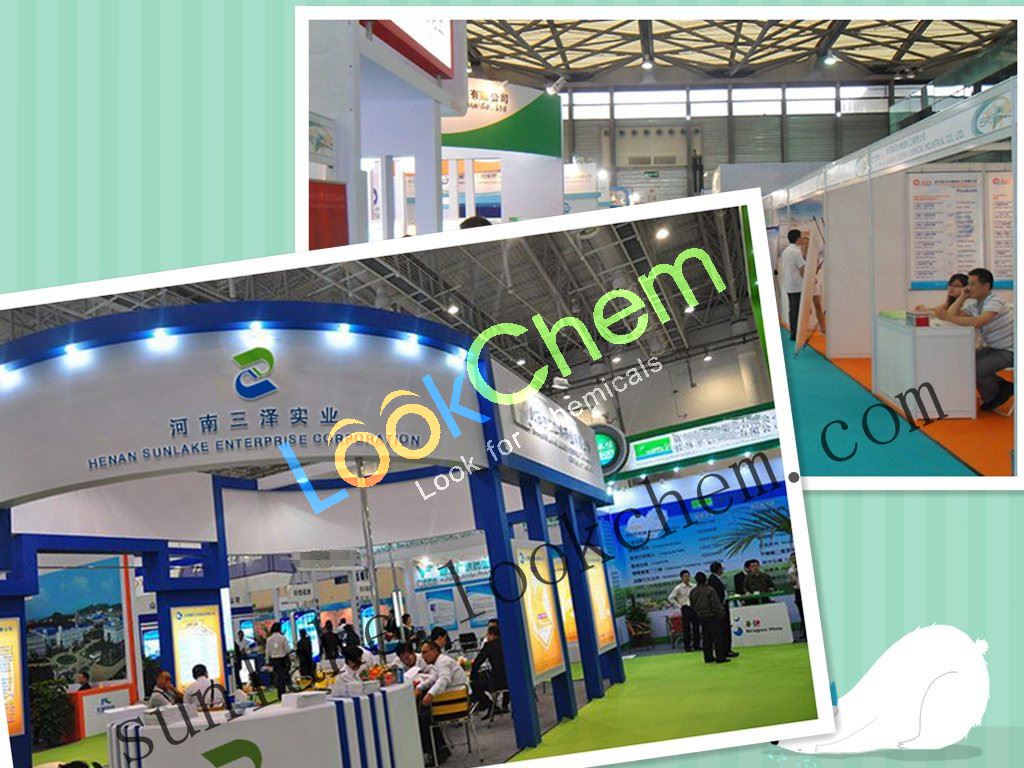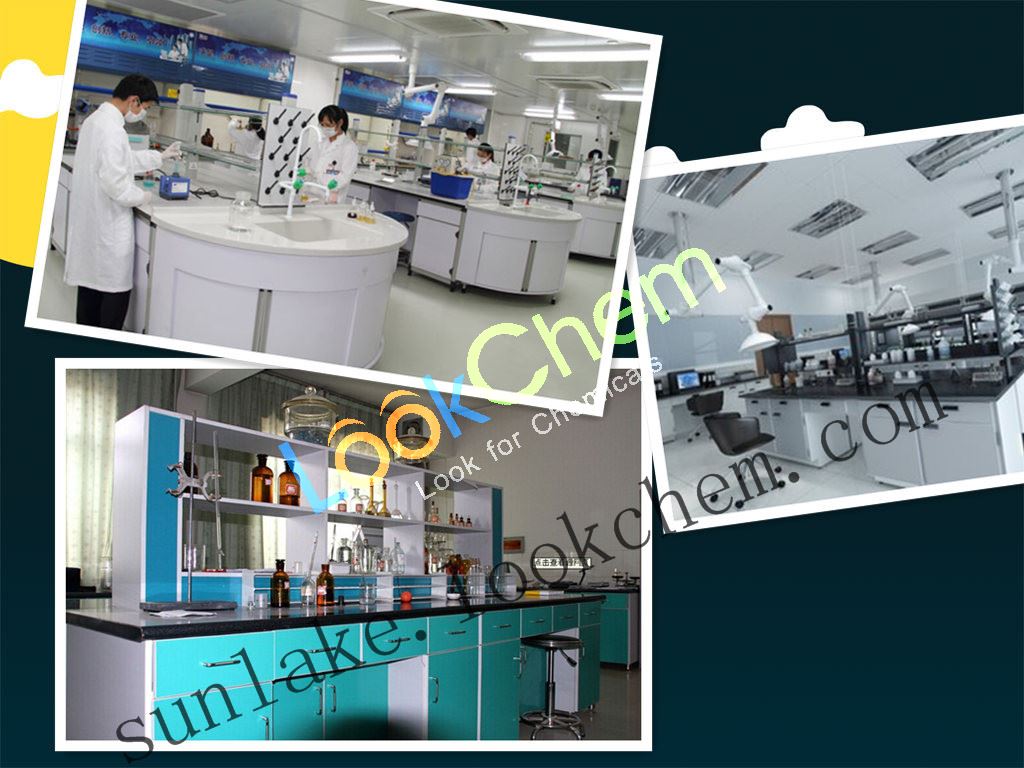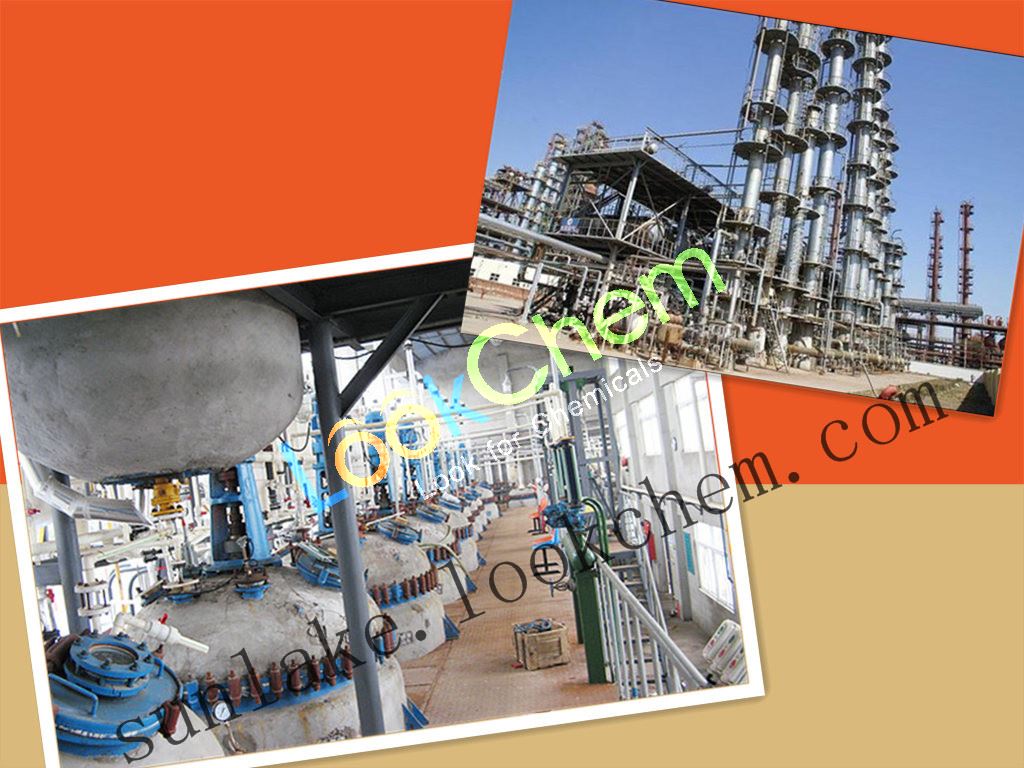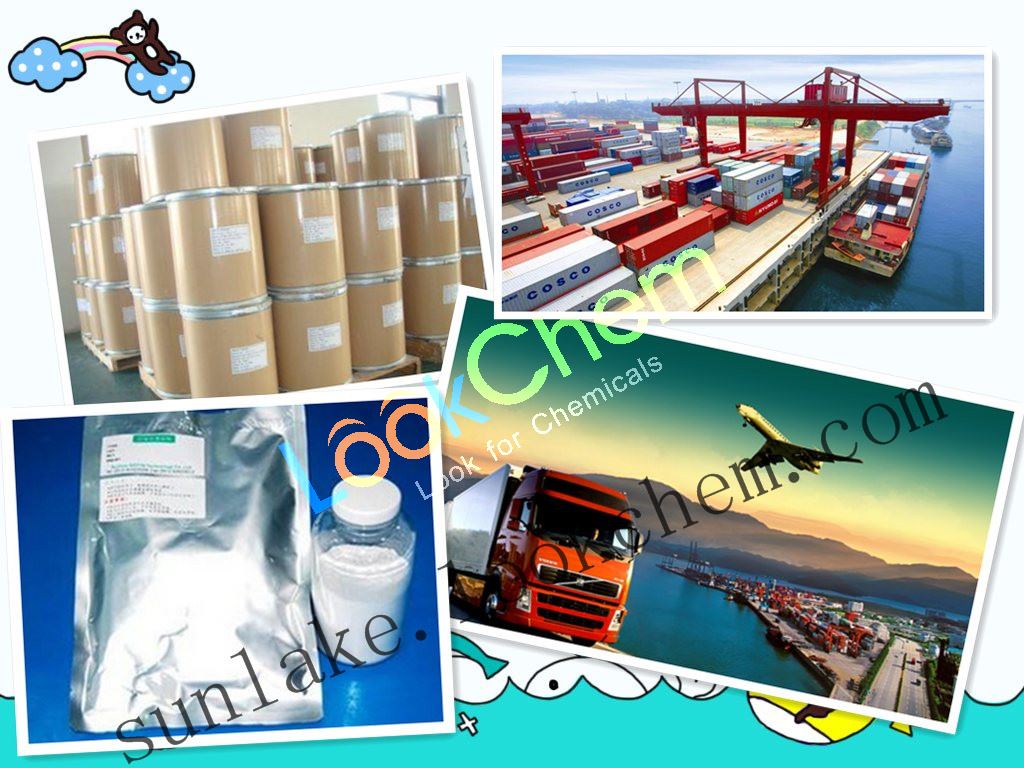- Min.Order :100 Kilogram
- Purity: 99%
- Payment Terms : L/C,D/A,D/P,T/T,Other
Keywords
RARECHEM AH PB 0251 75330-75-5 C24H36O5
Quick Details
- Appearance:powder
- Application:75330-75-5
- PackAge:Depended
- ProductionCapacity:300|Kilogram|Month
- Storage:Refrigerator
- Transportation:by air or by sea
Superiority:
| Lovastatin Basic information |
| Product Name: | Lovastatin |
| Synonyms: | )ethyl]-1-naphthalenylester;[1s-[1alpha(r*),3alpha,7beta,8beta(2s*,4s*),8abeta]]-2-methylbutanoicacid1,2,;1,2,6,7,8,8a-hexahydro-beta,delta-dihydroxy-2,6-dimethyl-8-(2-methyl-1-oxobuty;2-methyl-,1,2,3,7,8,8a-hexahydro-3,7-dimethyl-8-(2-(tetrahydro-butanoicaci;3,7,8,8a-hexahydro-3,7-dimethyl-8-[2-(tetrahydro-4-hydroxy-6-oxo-2h-pyran-2-yl;3r,7s,8s,8ar)-1,2,3,7,8,8a-hexahydro-3,7-dimethyl-8-[2-[2r,4r)-tetrahydro-(1;4-hydroxy-6-oxo-2h-pyran-2-yl)ethyl)-1-naphthalenylester,(1s-(1-alpha-(r*),3;4-hydroxy-6-oxo-2h-pyran-2-yl]ethyl]-1-naphthalenyl(s)-2-methyl-butyrate |
| CAS: | 75330-75-5 |
| MF: | C24H36O5 |
| MW: | 404.54 |
| EINECS: | |
| Product Categories: | Antibiotics;APIs;Intermediates & Fine Chemicals;Pharmaceuticals;API's;HMG-CoA reductase;Chiral Reagents;Heterocycles;Inhibitor;chemical reagent;pharmaceutical intermediate;phytochemical;reference standards from Chinese medicinal herbs (TCM).;standardized herbal extract;Isotopically Labeled Pharmaceutical Reference Standard;RYTHYMOL;antibiotic;Cardiovascular APIs;Inhibitors |
| Mol File: | 75330-75-5.mol |
|
|
|
| Lovastatin Chemical Properties |
| mp | 175°C |
| refractive index | 320 ° (C=0.5, CH3CN) |
| storage temp. | 2-8°C |
| Water Solubility | 0.0004 mg/mL at 25 ºC |
| Merck | 5586 |
| CAS DataBase Reference | 75330-75-5(CAS DataBase Reference) |
| EPA Substance Registry System | Butanoic acid, 2-methyl-, (1S,3R,7S,8S,8aR)-1,2,3,7, 8,8a-hexahydro-3,7-dimethyl- 8-[2-[(2R,4R)-tetrahydro- 4-hydroxy-6-oxo-2H-pyran- 2-yl]ethyl]-1-naphthalenyl ester, (2S)-(75330-75-5) |
| Safety Information |
| Hazard Codes | Xi |
| Risk Statements | 36/37/38 |
| Safety Statements | 22-24/25-36/37/39-26 |
| RIDADR | 3077 |
| WGK Germany | 3 |
| RTECS | EK7907000 |
| HazardClass | 9 |
| PackingGroup | III |
| Hazardous Substances Data | 75330-75-5(Hazardous Substances Data) |
| MSDS Information |
| Provider | Language |
|---|---|
| 1,2,3,7,8,8a-Hexahydro-3,7-dimethyl-8-[2-(tetrahydro-4-hydroxy-6-oxo-2H-pyran-2-yl)ethyl]-1-naphthalenyl 2-methylbutanoate | English |
| SigmaAldrich | English |
| Lovastatin Usage And Synthesis |
| a cholesterol lowering agent |
Lovastatin is a cholesterol lowering agent isolated from a strain of Aspergillus terreus. Lovastatin is a white, nonhygroscopic crystalline powder that is insoluble in water and sparingly soluble in ethanol, methanol, and acetonitrile. After oral ingestion, lovastatin, which is an inactive lactone, is hydrolyzed to the corresponding β-hydroxyacid form. This is a principal metabolite and an inhibitor of 3-hydroxy-3-methylglutaryl-coenzyme A (HMG-CoA) reductase. This enzyme catalyzes the conversion of HMG-CoA to mevalonate, which is an early and rate limiting step in the biosynthesis of cholesterol. |
| General description |
Lovastatin is a hexahydro naphthalene ester isolated from Aspergillus terreus broth. It is an inactive lactone only yielding activity upon hydrolysis after oral administration. It has a strong competitive inhibition on the HMG-CoA reductase in the liver. HMG-CoA reductase is rate-limiting enzyme for de novo cholesterol synthesis in vivo. The inhibition of the enzyme can block the conversion of HMG-CoA to methacrylic acid, causing significant reduction in cholesterol synthesis, and leading to increased expression of the liver LDL receptor which promotes the plasma LDL-C clearance. The reduction of cholesterol synthesis can also cause reduced synthesis of liver ApoB100, thus causing that reduction of VLDL synthesis. Clinical observations show that it has a good effect of lowering of plasma total cholesterol and LDLC on hypercholesterolemia caused by various kinds of reasons such as heterozygous familial hypercholesterolemia, polygenic hypercholesterolemia, and diabetes or kidney disease syndrome. Statins are the secondary metabolites of filamentous fungi. It is capable of selectively inhibiting the activity of HMG coenzyme A (HMG-CoA) reductase and blocking cholesterol biosynthesis, which is due to the similarity of its acid structure with HMG -CoA. These drugs currently used in humans (statin drugs, statins) are mainly either natural or synthetic statins. Natural statins include lovastatin, mevastatin, Pravastatin and simvastatin. Lovastatin is produced by the fermentation of Aspergillus terreus); mevastatin is produced through the fermentation of penicillium citrinum and further conversion by streptomyces carbophilus; Simvastatin is made by semi-synthesis (chemically modified side chains) through lovastatin. Synthetic statins include fluvastatin, cerivastatin and atorvastatin. |
| Structure of statin compound | Natural statin compounds is has very similar structure with each other. They have the same poly-ketone portion of hydroxy-hexahydro-cyclic with different side chains attached to C8 (R1) and C6 (R2) bits. R1 of lovastatin is methylbutyryl, R2 is 6-α- methyl; mevastatin has no 6-position methyl. Natural statin compounds are all in the form of lactone. They need to be hydrolyzed to acidic form before becoming active. Fully synthetic statin compound, although is structurally different from the natural statins but still have a lactone ring-opening portion which is the common structure of all statins which is responsible for its competitive inhibition on HMG-CoA reductase. |
| Active Mechanism |
There are two main sources of plasma cholesterol; one is exogenous cholesterol absorbed from dietary; the other is form endogenous biosynthesis in vivo, wherein the endogenous cholesterol accounts for 2/3 of the total cholesterol which makes it the primary target of lipid-lowering therapy. Cholesterol biosynthetic pathway in vivo starts from acetyl coenzyme. HMG-CoA is first generated by the HMG-CoA synthase, and then reduced into mevalonate by HMG-CoA reductase; then went through phosphorylation to generates farnesyl pyrophosphate; further reduced to turtle-ene which finally converts to cholesterol through 20 steps including lanosterol and chain sterols, wherein the conversion of HMG-CoA to mevalonate via HMG-CoA reductase is the rate-limiting step in cholesterol synthesis, making HMG-CoA reductase is the rate-limiting enzyme. Therefore, the inhibition of HMG-CoA reductase activity can reduce the formation of endogenous cholesterol. A part of lovastatin structure, 3,5-dihydroxy heptanoic acid is quite similar with HMG-CoA and its inhibitory effect is 10,000 times higher than HMG-CoA intermediate so that it can competitively bind with HMG-CoA reductase to inhibit the synthesis of mevalonate lactone, and thus effectively reducing the speed of cholesterol synthesis in liver cells and ultimately inhibiting the biosynthesis of endogenous cholesterol. |
| Medicinal Value |
1. Regulation of Lipid Metabolism Lovastatin inhibit the endogenous cholesterol synthesis by inhibiting its rate-limiting enzyme, HMG-CoA reductase. It lowers the intracellular cholesterol level and increases the number of LDL receptors on the cell surface through feedback action, thus accelerating the uptake and degradation of LDL particles in blood circulation and reducing the contents of total cholesterol and very low density lipoprotein (VLDL), LDL and triglycerides. Since the conversion of HMG-CoA into mevalonate is an early step in the cholesterol biosynthetic pathway, the use of lovastatin doesn’t cause accumulation of potentially toxic cholesterol-class substances. Moreover, HMG-CoA can quickly reverse metabolized to acetyl coenzyme A and participate in other biosynthetic pathways in vivo. The inhibition is incomplete, reversible and has dose-effect dependence. The therapeutic doses does not affect the amount of cholesterol required for normal function of cell membranes, therefore, lovastatin has a significant lipid-lowering effects with small side effects. Overall, lovastatin takes effect mainly by the following aspects: (1) competitive inhibition of HMG-CoA reductase activity, reduction of endogenous cholesterol synthesis; (2) Increase the expression of LDL receptor in liver cells, enhance receptor-mediated plasma LDL clearance rate; (3) inhibit the migration and proliferation of smooth muscle cell; (4) reduce the assembly and secretion of lipoproteins in the liver. 2. Non-lipid function In addition to its significant lipid-lowering effect, lovastatin can also improve endothelial function, promote the synthesis of nitric oxide synthase (eNOS), thereby increasing the synthesis and release of NO, which is crucial for the maintenance of normal human pulmonary artery tension and reversing the hypoxia-induced pulmonary vasoconstriction and vascular remodeling. In addition, lovastatin has anti-inflammatory and anti-proliferative effect. It can inhibit the mesangial cell proliferation and secretion of extracellular matrix for achieving the purpose of alleviating glomerulosclerosis. The above information is edited by the Chemicalbook of Dai Xiongfeng. |
| Biosynthesis |
Acetate and propionic acid are went through condensation, reduction, dehydration to form diketone intermediate, the process is catalyzed by keto reductase (KR), alcohol reductase (ER) or methyltransferase (Met) and repeated once to form hexanone followed by the enzymatic Diels-Alder reaction to produce the skeleton of dicyclo-decalin. The dicyclo adduct is further extended into nine-ketone which is releases from polyketone synthase (PKS) to form 4a, 5- dihydro Monacolin L, 4a, 5- dihydro Monacolin L when can be converted to hydroxy-3,5-dihydro-3α- Monacolin L in the presence of molecular oxygen. The latter one can be spontaneously dehydrogenated to be converted into Monacolin L. Monacolin L, in the presence of molecular oxygen, has its C-8 be hydroxylated to become Mo Lin J. Inhibitory tests using metyrapone, carbon monoxide, and thiol agents proved that the enzyme involved in this reaction is a single oxygen dioxygenase. Monacolin J is esterified into lovastatin via (2R) - methylbutyrate. Figure 1 the synthesis route of lovastatin |
| Application | It is used for treating heterozygous familial and non familial, secondary hyperlipidemia, namely diabetes and nephrotic syndrome secondary hypercholesterolemia. It can reduce the level of TC, LF, LDL-C, and increase the level of HDL-C, reduce the risk of myocardial infarction, unstable angina and the necessity for percutaneous transluminal coronary angioplasty (PTCA). |
| Metabolism | This product goes through gastrointestinal absorption after oral administration, F is 30%, and increases to 50% when taken together with food F; Tmax: 2 ~ 4h; T1 / 2: 3h, the original drug and metabolites PPB> 95%; it can penetrate the blood brain barrier and the placental barrier. It mainly metabolized by liver with the metabolic enzyme being CYP3A4. 60% ~ 83% of it is excreted via bile, and 10% to 13% via the urinary excretion. |
| Precautions |
Patients of being allergic to this drug, active hepatitis or unexplained elevated serum transaminases are forbidden to use, and so are the pregnant and lactating women. Patients of renal insufficiency or renal transplant should take with caution. Drugs which can inhibit the CYP3A4 enzyme such as macrolide antibiotics, benzodiazepines class, phenoxy acids, and niacin cholesterol lowering agents, cimetidine and a large grapefruit juice can all increase the plasma concentration of lovastatin and its metabolites and increase the risk of rhabdomyolysis. Check the liver function after treatment or increasing the dose for 6 to 12 weeks, and check once every six months in future. Check CPK in cases such as muscle pain symptoms, and stop using if CPK level reaches a level 10 times of the normal level. |
| Adverse reaction | Adverse reactions are mild, rate, transient, such as headache, fatigue, gastrointestinal reactions (bloating, constipation, diarrhea, abdominal pain, nausea, indigestion, etc.), and skin rash. In occasion case, there are occurrence of decrease in white blood cells, thrombocytopenia, and abnormal liver function. |
| Chemical property | White crystals, melting point: 174.5 °C (nitrogen). [α] D25 + 323 °(C = 0.5g, dissolved in 100ml acetonitrile). UV absorption maximum (methanol): 229,237,246nm (three ears 550, 6250, 430). Solubility at RT (mg /mL): acetone: 47, acetonitrile: 28, n- butanol: 7, i- butanol: 14, chloroform: 350, dimethylformamide: 90, ethanol: 16, methanol: 28, n-octanol: 2, n-propanol: 11, i-propanol: 20, water 0.4 × 10-3. Acute toxicity LD50 in mice (mg / kg): > 1000 Oral. |
| Application |
1. It is as a novel lipid regulating drugs -The inhibitor of HMG-CoA (β- hydroxy, β- methyl - glutaryl coenzyme A) reductase. It can significantly reduced serum total cholesterol level. After oral administration, it is hydrolyzed into corresponding β-hydroxy acid by 3-hydroxy-3-methylglutaryl coenzyme A reductase, and thus inhibiting the cholesterol biosynthesis. It is clinically used for treating heterozygous familial hypercholesterolemia, severe or mild hypercholesterolemia and light. It can also as an ancillary drug of dietary treatment for reducing the levels of excessively cholesterol and low-density protein cholesterol. 2. It is a cardiovascular systematic drug which can prevent the development of atherosclerosis and reduce the risk of myocardial infarction. |
| Production method |
Lovastatin is produced by fermentation. Available species include: 1. Monescus ruber; 2. Monescus purpureus; 3. Monescus pilosus; 4. Aspergillus terreus; 5. Penicillium Citrunum. When using Monescus ruber as the strain, the culture condition is as follows: 6% glucose, 2.5% peptone, 0.5% corn syrup, and 0.5% ammonium chloride. Strain in broth is grown in aerobic conditions at 28 °C for 10d. Filter and take 5 L filtrate; Use ethyl acetate (pH 3.0) for extraction. The extract was vacuum concentrated to dryness with the residue being dissolved in 100ml of benzene. Insoluble substances are further removed by filtration, wash the filtrate with 100ml 5% aqueous sodium carbonate twice, and then stir together with 100 mL 0.2mol/L sodium hydroxide solution at room temperature for 2h. The aqueous layer is collected, and be treated with 6 mol/L hydrochloric acid for adjusting pH to 3.0; Extract for twice with 100ml of ethyl acetate. Combine the extract and evaporate to dryness to give 260 mg oil. Dissolve oil-like product in a small amount of benzene; the obtained crystal is further re-crystallized by the mixture of acetone and water to give 87 mg of colorless lovastatin crystals, m.p. 157 ~ 159 °C (decomposition), [α] D23 + 307.6 ° (C = 1, methanol). |
| Chemical Properties | White Solid |
| Usage | An antihypercholesterolemic agent. A fungal metabolite, which is a potent inhibitor of HMG-CoA reductase |
| Usage | antiarrhythmic |
| Usage | Lovastatin (mevinolin) is a metabolite first isolated from Monascus ruber and later found in several other fungal species. Lovastatin is a potent inhibitor of HMG-CoA. HMG-CoA reductase is the rate-controlling enzyme of the mevalonate pathway, responsible for the biosynthesis of cholesterol. Lovastatin was developed as a drug as a hypolipemic agent. |
| Usage | anti-hyperlipoproteinemic, 3-hydroxy-3-methylglutaryl coenzyme A (HMG-CoA) reductase inhibitor |
| Usage | Cardiovascular |
| Biological Activity | Potent, competitive inhibitor of HMG-CoA reductase (K i = 0.6 nM) therefore decreases cholesterol biosynthesis, in vitro and in vivo . Decreases CDK2, 4, 6 and cyclin E levels and induces G1 arrest and apoptosis in tumor cell lines in vitro . |
Service we provide:
1. Mixed container, we can mix different items in one container.
2. Quality control, before shipment, free sample for test. after shipment, keep sample for 3 years
3. Prompt shipment with professional documents
4. Packing as your request, with photo before shipment
Details:
- Exhibition in shanghai
We have clients throughout the world:
Professional service and rich experience make customers feel at ease, adequate stock and fast delivery meet your desire.

Our Laboratoy
We have our own independent lab test center:
This makes sure that our technology support is reliable and authoritative.All of self-owned fine chemicals are manufactured strictly in accordance with international standard.,and also has scientific cooperation with local colleges and institutes.

Our factory
High quality with competitive price:
We are manufacturer and can provide high quality products with factory price

Package & Shipment
Fast and safe delivery:
Parcels can be sent out within 24 hours after payment. Tracking number is available
Secure and discreet shipment. You have various choices of transportation methods

You Might Also Like
Related Searches
About|Contact|Cas|Product Name|Molecular|Country|Encyclopedia
Message|New Cas|MSDS|Service|Advertisement|CAS DataBase|Article Data|Manufacturers | Chemical Catalog
©2008 LookChem.com,License: ICP
NO.:Zhejiang16009103
complaints:service@lookchem.com Desktop View